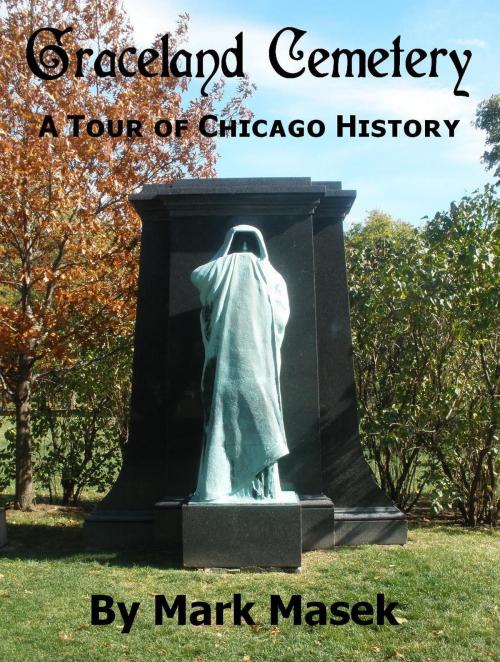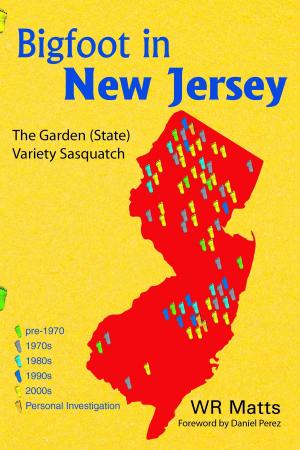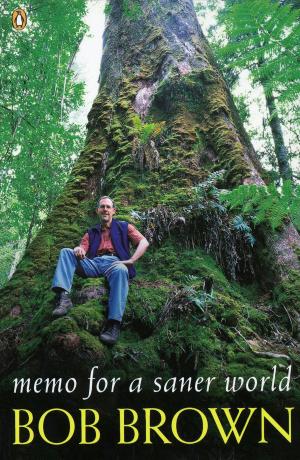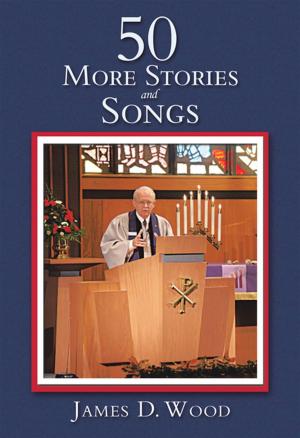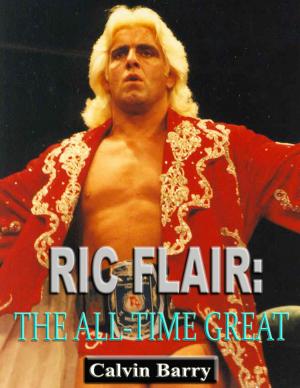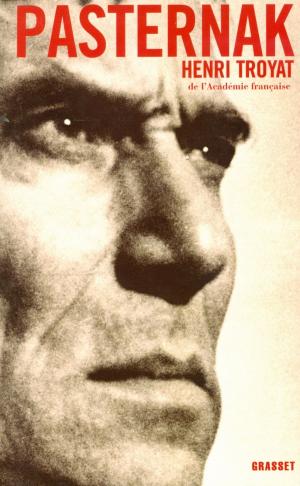| Author: | Mark Masek | ISBN: | 9781301057856 |
| Publisher: | Mark Masek | Publication: | October 27, 2012 |
| Imprint: | Smashwords Edition | Language: | English |
| Author: | Mark Masek |
| ISBN: | 9781301057856 |
| Publisher: | Mark Masek |
| Publication: | October 27, 2012 |
| Imprint: | Smashwords Edition |
| Language: | English |
Chicago -- the “City of the Big Shoulders,” according to Carl Sandburg -- is in many ways the most unique and genuinely American of all American cities. Proud, sprawling, tough, industrious, artistic, powerful, sinful and influential, Chicago was one of the nation’s largest and most important cities when it spectacularly burned to the ground in 1871, and then quickly rose up from the ashes to become even bigger and stronger.
Chicago’s Graceland Cemetery perfectly reflects the city, its history and its residents, and contains the final resting places of some of the city’s -- and the world’s -- most notable names in business, architecture, politics and sports. Buried on its grounds are Chicago’s first white settler, four former Chicago mayors, two former Illinois governors, a former chief justice of the U.S. Supreme Court, two world heavyweight boxing champions, and a statue of a beautiful little girl that reportedly wanders around the cemetery during thunderstorms.
This book provides a detailed history of the cemetery, as well as a walking tour to the final resting places of nearly three dozen people who made Chicago the city it is today, as well as detailed biographies.
The Chicagoans buried here are the names that will forever be associated with the city, the men who designed and built Chicago, and then rebuilt it from the ashes. The men who created the businesses that will forever be associated with Chicago, and the men after whom many of the city streets are named -- Palmer, Field, Pullman, Kimball, Sullivan, Goodman, Wacker, Armour, McCormick, Medill, Lawson and so many others.
For many of Chicago’s wealthiest and most powerful residents who now rest forever at Graceland, their graves are almost unbelievably ornate and lavish, massive and powerful displays of marble, granite and bronze. As they did with their homes, they hired the city’s top architects to design their tombs -- often spending more on their tombs than many of the city's residents did on their homes. Graceland is often referred to as the “Cemetery of Architects,” both because it contains the final resting places of a large number of well-known and influential members of that profession, and because so many of the impressive and notable tombs and mausoleums within its walls are architecturally significant. In some cases, the architect and his work are both here.
Chicago’s early movers and shakers had an image and a reputation of success and achievement at the highest levels, and they wanted their memorials to reflect that, for eternity. What they were in life, so they would be in death -- forever.
Chicago -- the “City of the Big Shoulders,” according to Carl Sandburg -- is in many ways the most unique and genuinely American of all American cities. Proud, sprawling, tough, industrious, artistic, powerful, sinful and influential, Chicago was one of the nation’s largest and most important cities when it spectacularly burned to the ground in 1871, and then quickly rose up from the ashes to become even bigger and stronger.
Chicago’s Graceland Cemetery perfectly reflects the city, its history and its residents, and contains the final resting places of some of the city’s -- and the world’s -- most notable names in business, architecture, politics and sports. Buried on its grounds are Chicago’s first white settler, four former Chicago mayors, two former Illinois governors, a former chief justice of the U.S. Supreme Court, two world heavyweight boxing champions, and a statue of a beautiful little girl that reportedly wanders around the cemetery during thunderstorms.
This book provides a detailed history of the cemetery, as well as a walking tour to the final resting places of nearly three dozen people who made Chicago the city it is today, as well as detailed biographies.
The Chicagoans buried here are the names that will forever be associated with the city, the men who designed and built Chicago, and then rebuilt it from the ashes. The men who created the businesses that will forever be associated with Chicago, and the men after whom many of the city streets are named -- Palmer, Field, Pullman, Kimball, Sullivan, Goodman, Wacker, Armour, McCormick, Medill, Lawson and so many others.
For many of Chicago’s wealthiest and most powerful residents who now rest forever at Graceland, their graves are almost unbelievably ornate and lavish, massive and powerful displays of marble, granite and bronze. As they did with their homes, they hired the city’s top architects to design their tombs -- often spending more on their tombs than many of the city's residents did on their homes. Graceland is often referred to as the “Cemetery of Architects,” both because it contains the final resting places of a large number of well-known and influential members of that profession, and because so many of the impressive and notable tombs and mausoleums within its walls are architecturally significant. In some cases, the architect and his work are both here.
Chicago’s early movers and shakers had an image and a reputation of success and achievement at the highest levels, and they wanted their memorials to reflect that, for eternity. What they were in life, so they would be in death -- forever.
